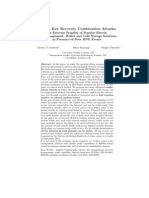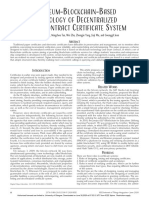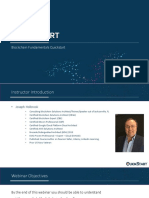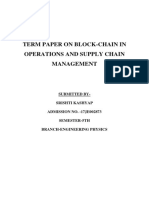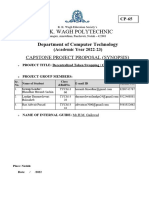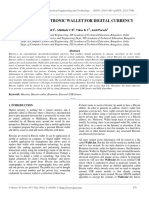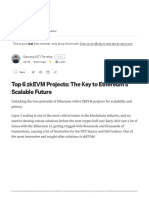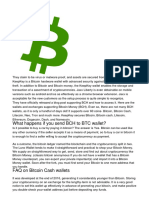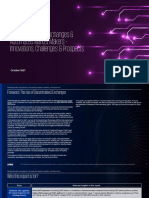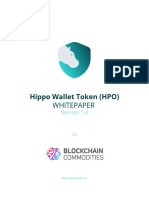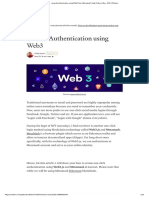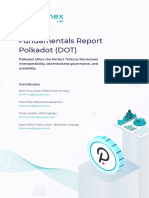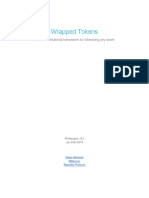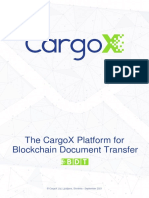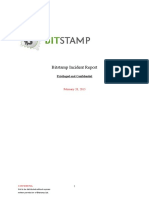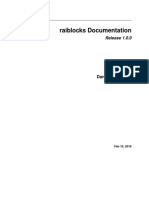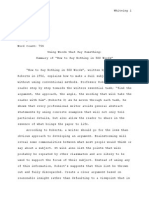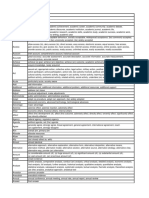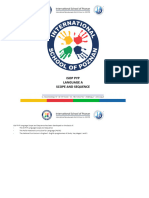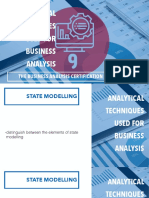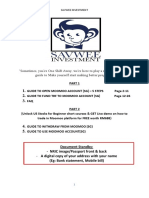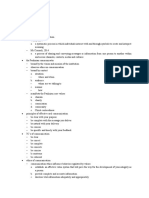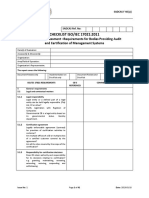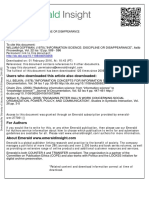0% found this document useful (0 votes)
306 views6 pagesSyllabus +Blockchain+Developer
This document outlines a course to become a blockchain developer. It describes 5 projects focused on managing blockchain identity, creating a private blockchain, integrating it with an API, building a notary service, and deploying a smart contract on Ethereum. It provides supporting lesson content on blockchain fundamentals, data, web services, smart contracts, and architecture.
Uploaded by
Karthi_docCopyright
© © All Rights Reserved
We take content rights seriously. If you suspect this is your content, claim it here.
Available Formats
Download as PDF, TXT or read online on Scribd
0% found this document useful (0 votes)
306 views6 pagesSyllabus +Blockchain+Developer
This document outlines a course to become a blockchain developer. It describes 5 projects focused on managing blockchain identity, creating a private blockchain, integrating it with an API, building a notary service, and deploying a smart contract on Ethereum. It provides supporting lesson content on blockchain fundamentals, data, web services, smart contracts, and architecture.
Uploaded by
Karthi_docCopyright
© © All Rights Reserved
We take content rights seriously. If you suspect this is your content, claim it here.
Available Formats
Download as PDF, TXT or read online on Scribd
/ 6





